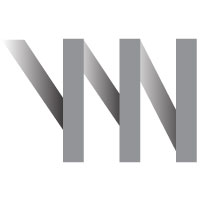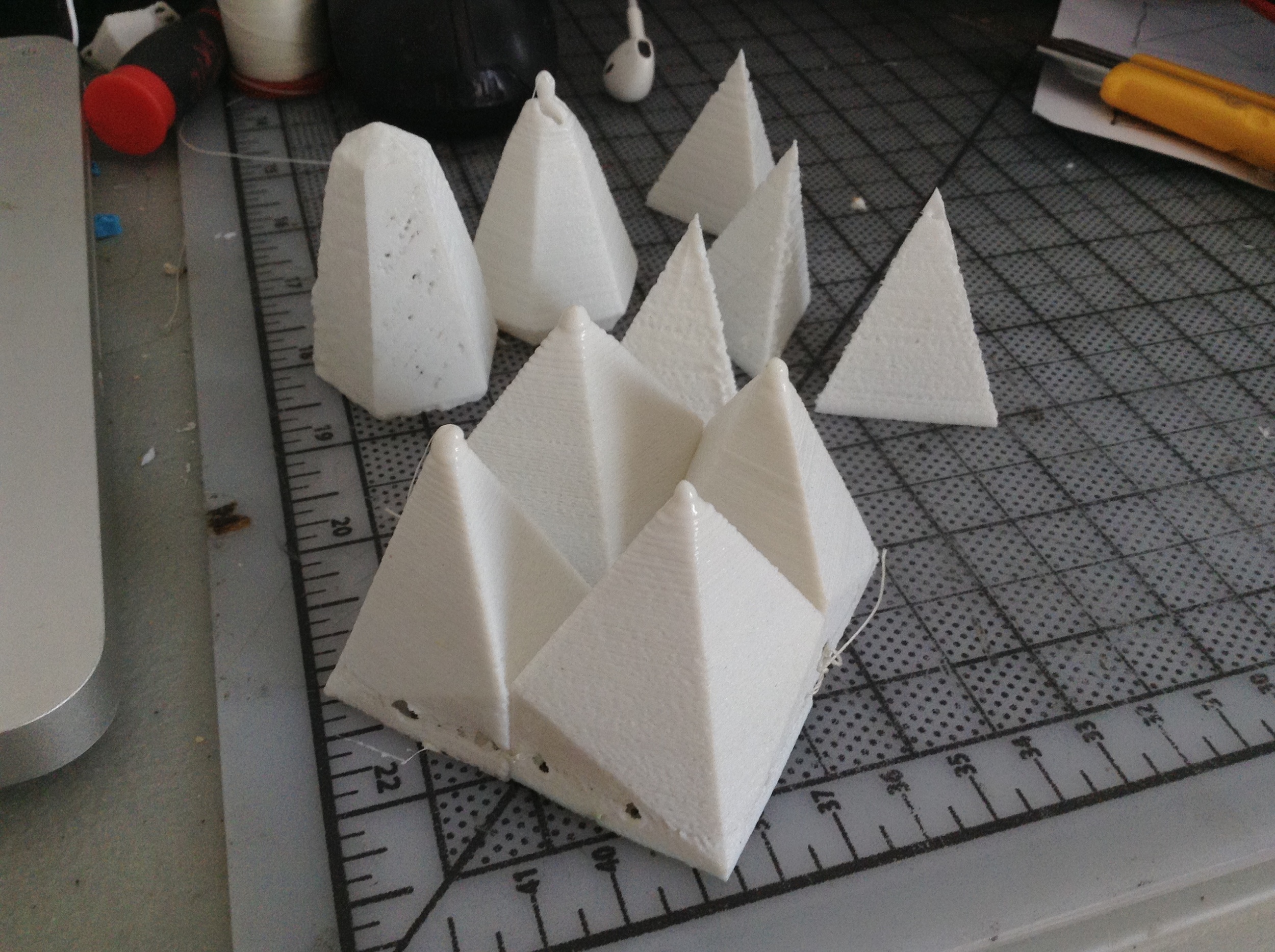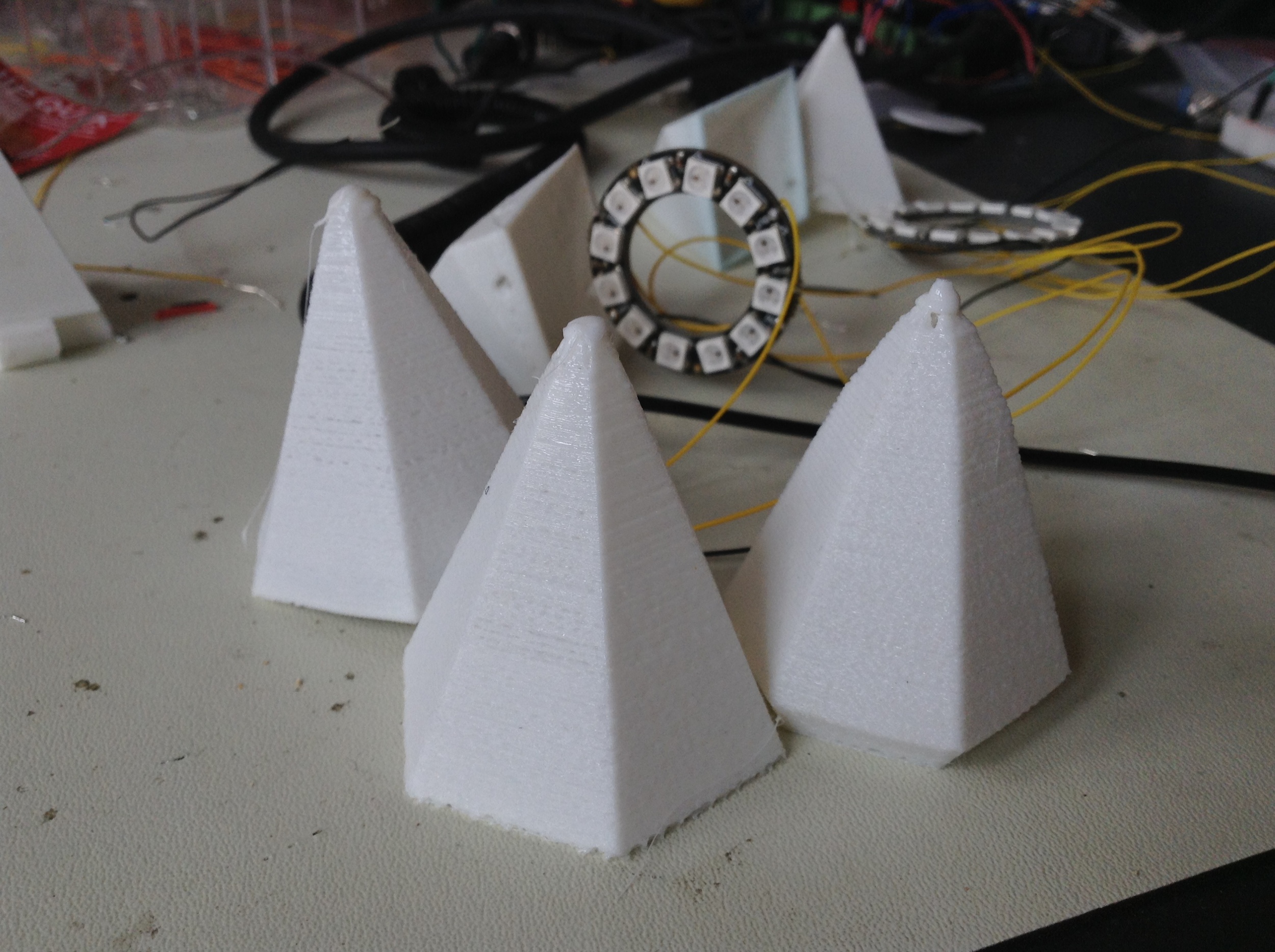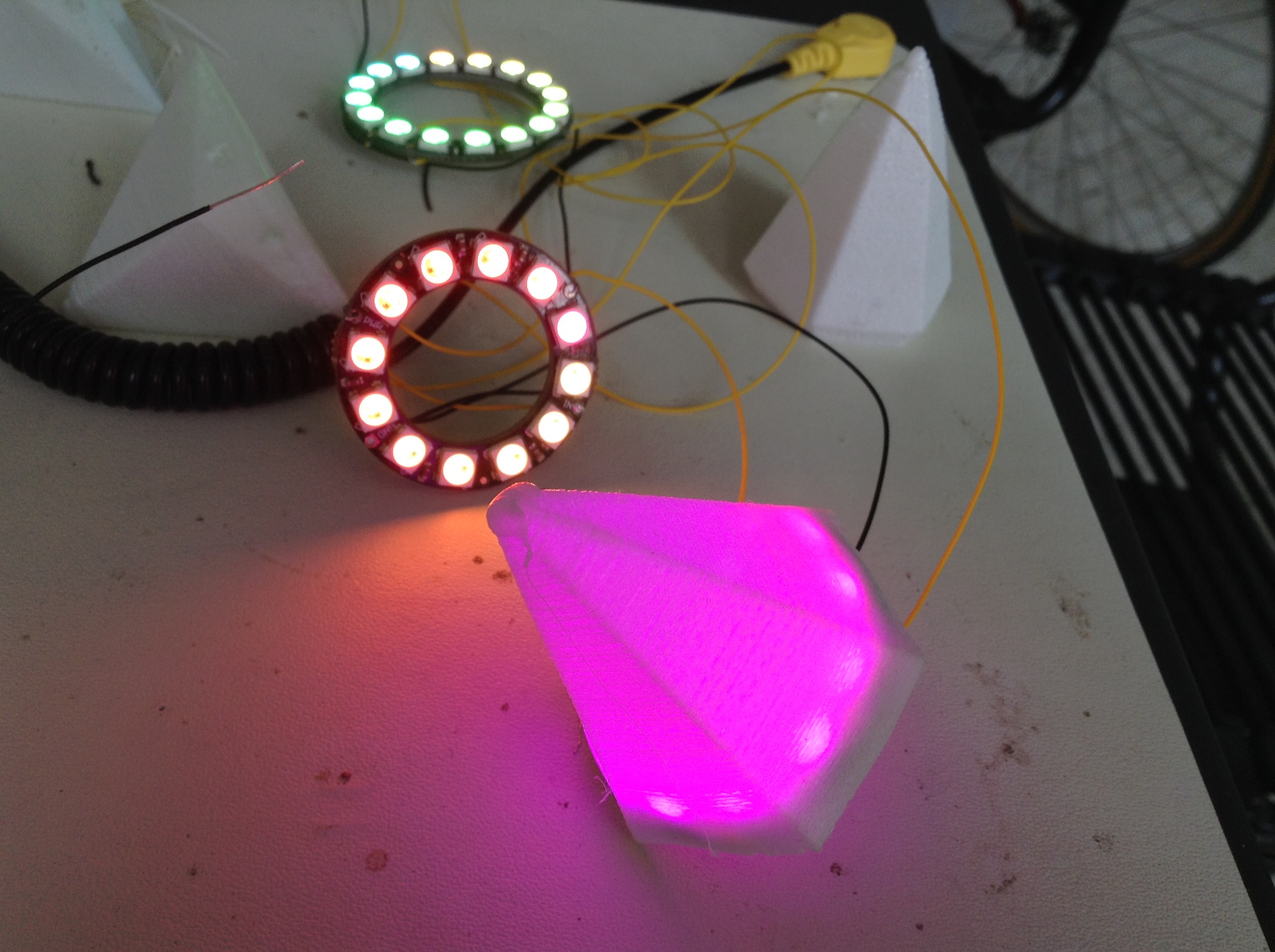We are having improvements and the best settings so far are:
Print speed: 20
Printing Temperature: 220
Bed Temperature: 65
Retraction speed: 25
Retraction distance: 3
Travel speed: 100
Also the best way to feed the extruder is from the bottom, maybe now it doesn't look so fancy, but it's working :)
You can see the last results on the images bellow:
updates:
I have been using ninjaflex for a while and trying more different settings, for models that have large surfaces and the volume is made with an interior grid, I have to slow down the speed with the pugin "Tweak at Z" at least 3 layers otherwise you will be able to see holes that weren't covered totally.
After to identify the layer (layer view) when the model goes from the grid to a solid surface I slow down the speed to 50%. The faster speed that I have tried and works pretty well is 40mm/s, so it will be 20mm/s to have a smooth final surface.
You can appreciate the difference in the image below:
left: same speed the whole process
right: slowing down the speed from layer 25 to 28
Last settings used successfully:
Layer Height: 0.1
Bottom / Top thickness: 0.3
Fill density: 20
Print speed: 40
Printing Temperature: 224
Bed Temperature: 65
Retraction speed: 45
Retraction distance: 4.5
Travel speed: 200
Bottom Layer Speed: 20
work in progress....


























